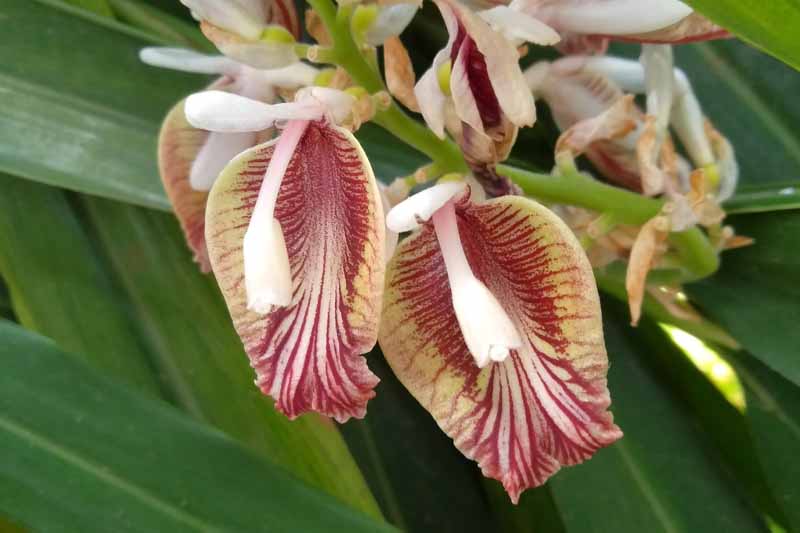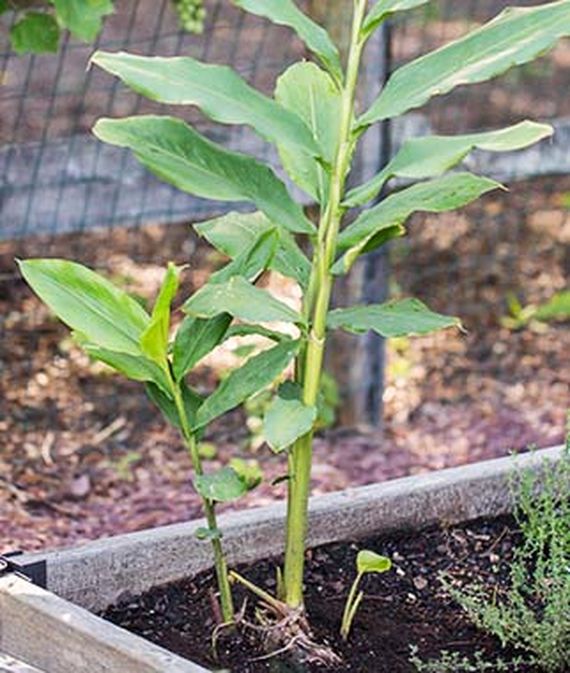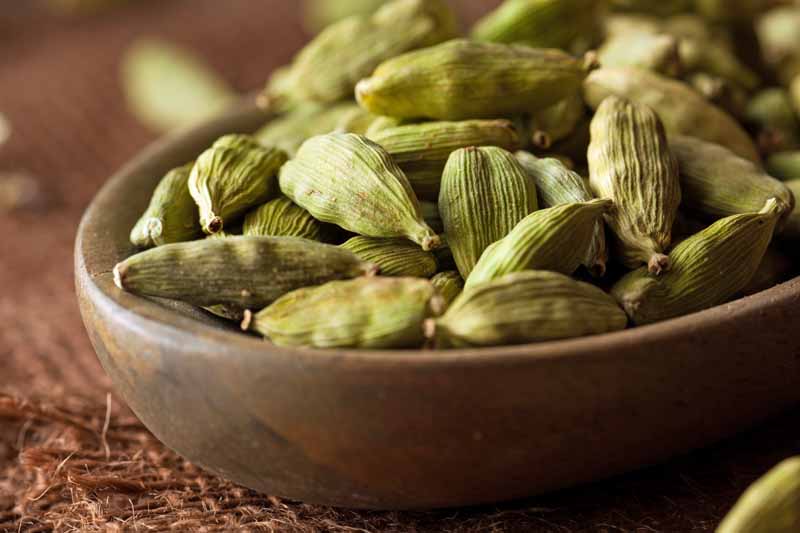-
eLengo is East Africa's farming hub, combining an online community, educational resources and dynamic marketplace to help you reach your full potential.
Guests may browse our forums, but to participate in the conversations you must be logged in. We encourage you to join now- it's easy and it's FREE!
(and it will make this box go away)
You are using an out of date browser. It may not display this or other websites correctly.
You should upgrade or use an alternative browser.
You should upgrade or use an alternative browser.
Other Crops I want to know about: *Cardamom cultivation*
- Thread starter agq1939
- Start date
Nyambura K
Veterinarian
@Alfred Opiyo this is for you.
Alfred Opiyo
Certified Expert
PROPAGATION OF CARDAMOMI want to know about:
Cardamom cultivation
FROM SEED
Purchase seed specifically designed for planting, as opposed to just cracking open a couple pods from the pantry.
Put the seeds in a glass jar and cover with 2.5 percent nitric acid solution. Stir for about two minutes, then pour the seeds and acid into a strainer. Rinse the seeds thoroughly.
Place the seeds into a bowl and cover with lukewarm water; allow to sit overnight.
If planting outdoors, plant your seeds ½ to 1 inch apart, about ⅛ inch deep in a partially shady place. They prefer rich humus soil that’s slightly acidic. Alternatively, you can plant cardamom seeds in a pot, so you can bring the plant indoors to overwinter.
Cover with a mulch of straw or grass. Germination can take anywhere from 20 to 40 days.
DIVISION
You can also divide cardamom rhizomes that are at least one year old with two growing stems to get more plants.
HOW TO GROW
Make sure your plants are always partially shaded – don’t be taking a chainsaw to nearby trees. And most importantly, keep the ground moist. They do not like soil that dries out; water regularly if rain is not plentiful.

You might also give your plants a misting now and then, since they’re natively accustomed to high humidity.
If you’ve planted cardamom in a container, bring it inside when temps drop below 50°F. Place the pot in a spot that gets 6 to 8 hours of bright but filtered light.
Container-grown E. cardamomumplants can become root bound, which can discourage blooming. If you suspect this is the case, divide your plant.

“False cardamom” (Alpinia) are sometimes available for sale and will not produce cardamom seeds..
Expect flowers after about three years; the rhizomes may live for 10-15 years.
From winter to midsummer, feed your plant fish emulsion every couple weeks.
GROWING TIPS
- Keep the plan moist all through
- Not too much sun
- Not too chilly/ you can spray appropriate fungicides during chilly conditions to prevent fungal infections
You won’t find a wide variety of cardamom buying choices here in the United States. In fact, your options pretty much boil down to cardamom seeds or a live cardamom plant.

Potted Cardamom . You can get one from certified Horticultural nurseries
If you’d like to purchase a plant, You’ll receive a plant that’s 3 to 8 inches tall in a 3-inch deep pot.
MANAGING PESTS AND DISEASE
INSECTS
You may see thrips on your plants, which you can treat with traps.
You may also see evidence of detrimental nematodes, which manifests in poor growth and damaged-looking plants.
If you suspect nematodes, dig up a plant and see if you can spot fairly severe root damage, which is caused by the tiny pests burrowing in, laying their eggs, and robbing the plant of nutrients.
If you have a nematode infestation, you may have to destroy your plants and treat the soil by solarization or with a chemical nematicide to try to get rid of the pests.
DISEASE
These plants may be bothered by oomycetes or fungi; prevent spread by keeping the growing area clean and removing dead plant matter. You can also treat these problems with a fungicide.
HARVESTING
At the base of the stalks, the plant forms long bracts of flowers that then develop into seed pods. These seed pods may be harvested by hand in the fall, 30-40 days after flowering.
Harvest timing can be tricky. You want to harvest the pods just before they are fully ripe and begin to split and release their seeds.
If you are unsure, pluck a pod and check the color of the seeds inside. A ripe capsule has black seeds, whereas an immature capsule’s seeds are white. Another indicator is the fact that ripe pods will easily come away without much tugging.
Start harvesting at the base of each stem and move up the stem, leaving for another day any pods that resist.
PRESERVING
Thoroughly wash the harvested pods, removing stems and extraneous matter.
You’ll want to begin the drying process soon after harvesting to retain flavor. Dry the pods in a dehydrator at a temperature no higher than 120°F.

You can also dry the pods in the sun. If you choose this method, be aware the seed pods may bleach, losing their (commercially) desirable green coloring.
The final product should have no more than 10% moisture content.
Thanks and welcome again
Gedex Abdi
Member
Which climatic conditions favour cardamon in Africa especilaly Kenya area's like coastal climate kindly. Advice Mr Alfred opiyo
Nyambura K
Veterinarian
@Alfred Opiyo please assist
Alfred Opiyo
Certified Expert
Which climatic conditions favour cardamon in Africa especilaly Kenya area's like coastal climate kindly. Advice Mr Alfred opiyo
Good afternoon Abdi? The conditions below are suitable for Cardamon:
Growing Cardamom requires specific growing conditions: Tropical, hot and humid climates are suitable for its growth. It grows in humid or very humid subtropical forests. Where temperature ranges mostly between 18 to 35 C. Humidity level for growing cardamom is usually near 75%.
Requirements for Growing Cardamom
Plant cardamom in a location with partial shade or filtered sunlight, away from the full direct sun as it grows up to 2 – 4 m in height under the canopy of much higher trees.
Soil
Sandy, loamy soil that is rich in organic matter and manure is optimal. It requires a slightly acidic to neutral pH level around 6 – 6.8. It can also tolerate acidic soils down to 5.5 – 6.
Key to growing cardamom is the right soil which should be well-drained in a way that water should drain out easily, but the soil must remain moist constantly.
